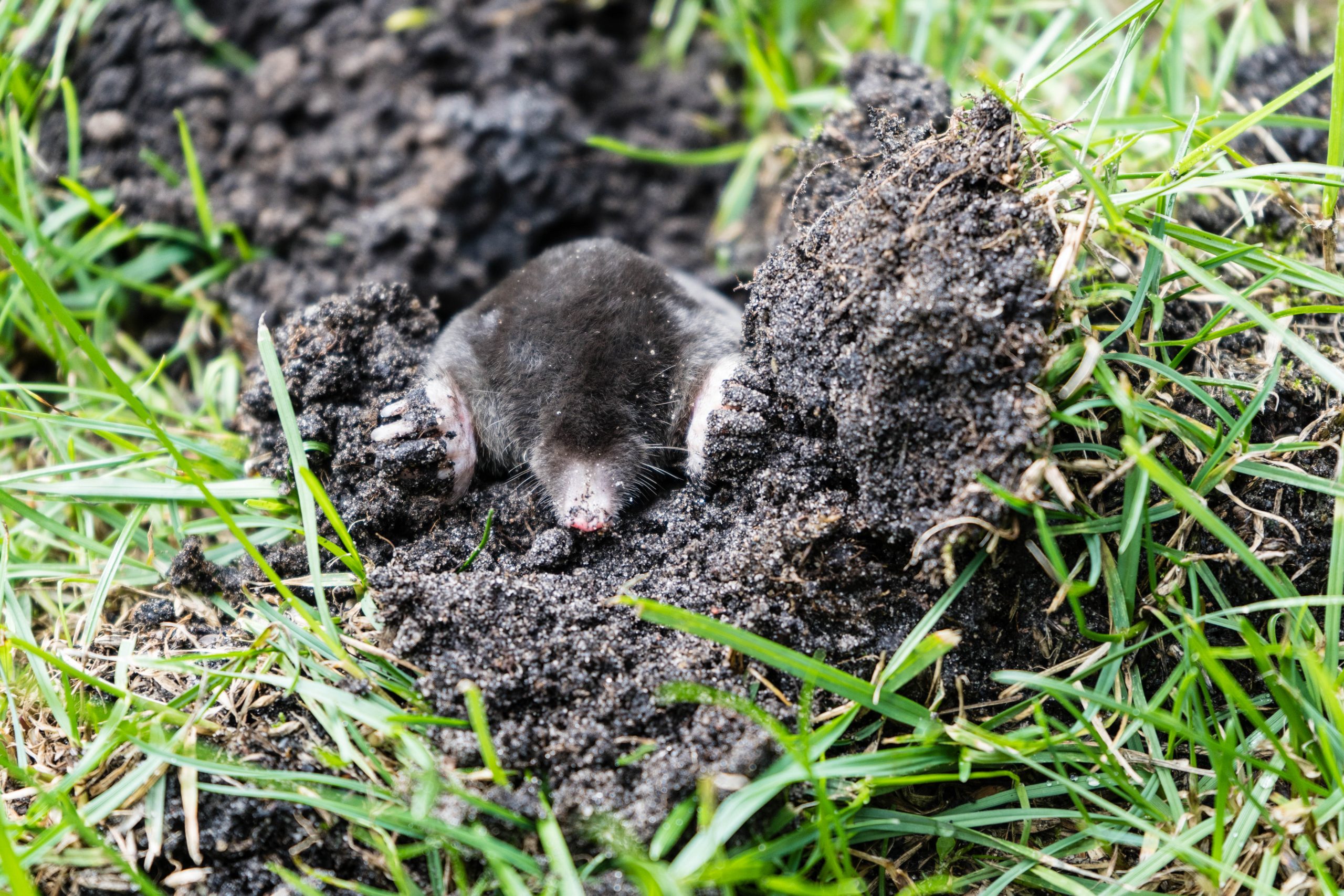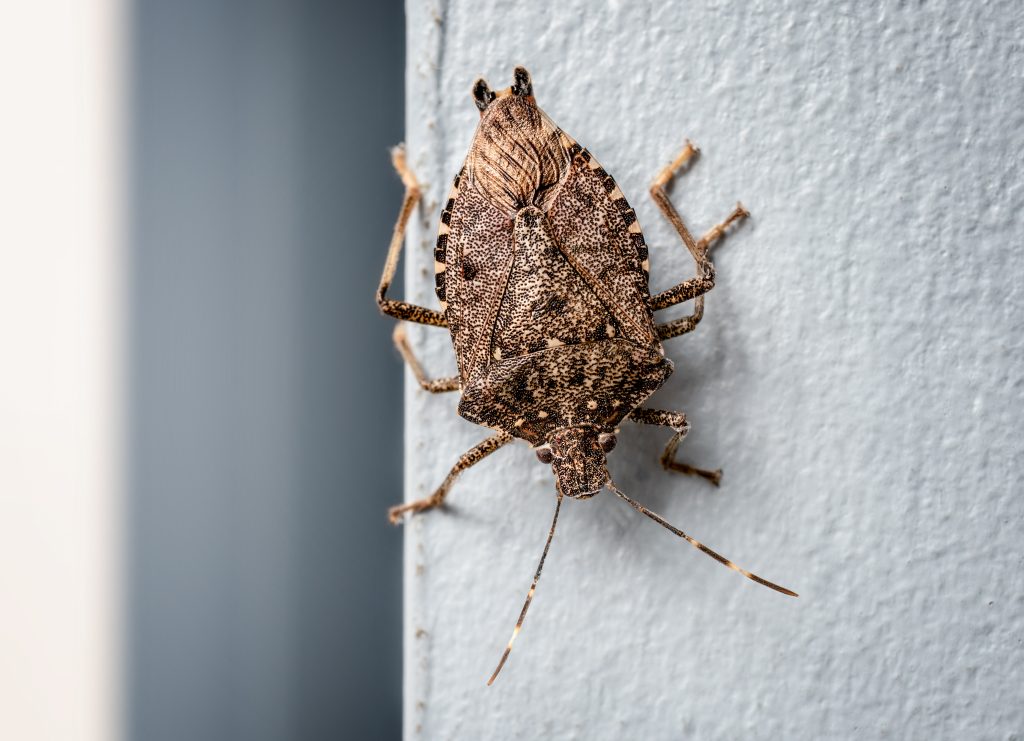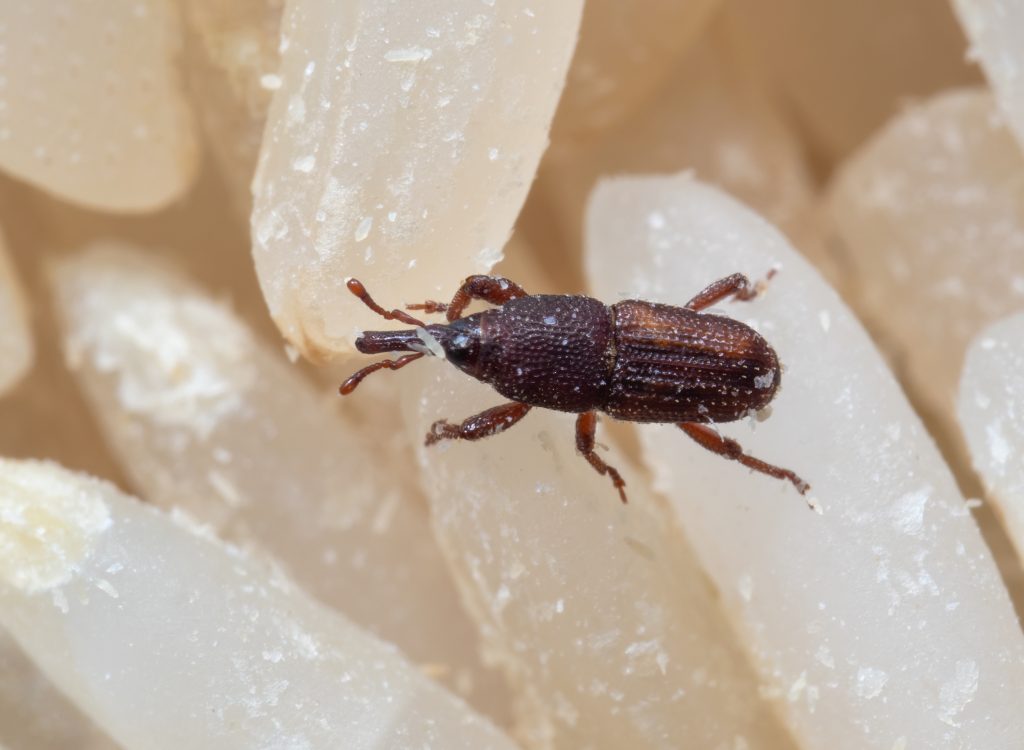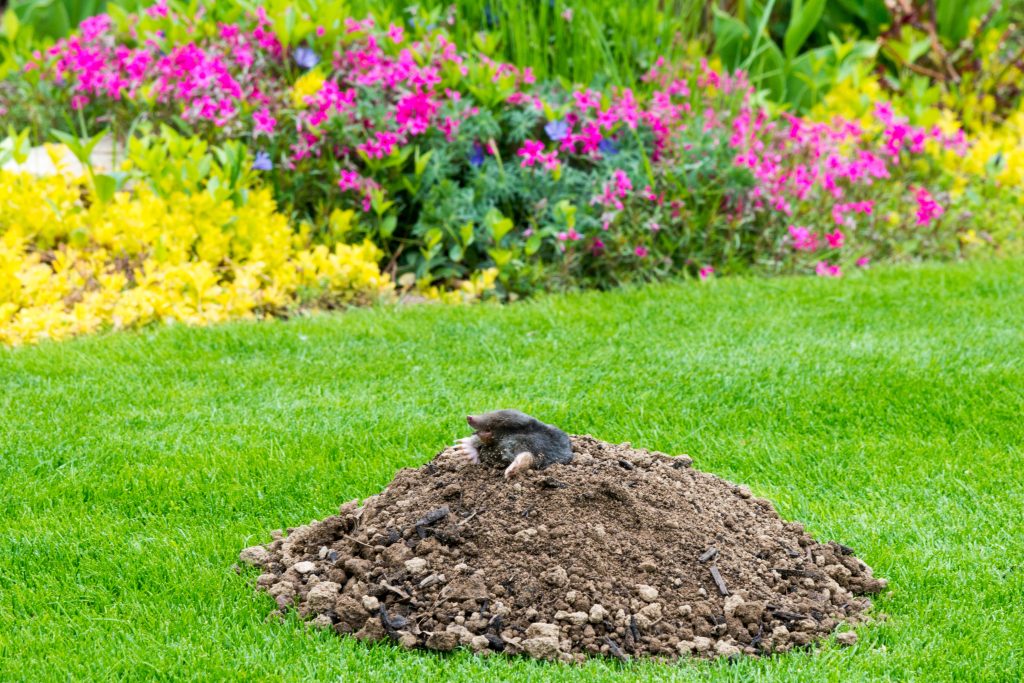5 Unique Pest Problems and How to Tackle Them

When it comes to pests, we often think we’ve seen it all—until we encounter the unexpected. From stink bugs to voles, let’s dive into some unique pest problems and how to send them packing.
Pests vary widely in appearance and behavior, with some being particularly unconventional. While typical pests have predictable habits, unique invaders demand creative solutions.
They can wreak havoc uniquely, disrupting gardens or infiltrating unexpected areas of our homes. But with the right knowledge and tactics, even these unconventional pests can be effectively managed, just like any other unwelcome guest.
1. Invading Stink Bugs

The stink bug, an armor-plated intruder, is notorious for its pungent defense mechanism. Native to Asia, these bugs have become more prevalent in certain regions, seeking warmth in homes as the weather cools. They don’t bite or cause structural damage, but their smell can be a real nose-wrinkler, and their sheer numbers can be overwhelming.
Hey hey! Don’t forget to subscribe to get our best content 🙂
When it comes to stink bugs, prevention is key. Sealing up cracks and openings around windows, doors, and foundations can keep these smelly squatters out.
If they’ve already breached your defenses, a vacuum cleaner becomes your best friend—just be ready to dispose of the bag promptly (trust me, you don’t want that smell lingering). For large infestations, insecticides may be necessary, but always consult a pro to avoid any stinky mishaps.
2. Voracious Voles
Voles, often confused with moles, are small rodents that can wreak havoc on lawns and gardens. They create intricate tunnel systems and feed on plants and roots, causing damage that can be mistaken for other pests. These furry friends are prolific breeders, so a small problem can quickly become a full-blown vole invasion.
Combatting voles starts with habitat modification—keeping your yard clean and free of plant debris can discourage voles from settling in. Repellents can also be effective, though their success varies. For a more direct approach, trapping is the most humane and reliable method. Place traps near active tunnels and check them frequently. Remember, persistence is key with these little diggers.
In the video, Holmes Lawn & Pest explains –
Holmes Lawn & Pest
- Cutting the grass short at the end of the growing season helps minimize voles’ activity during winter.
- Voles, similar to field mice, create tunnels under the grass, leaving visible lines on the surface.
- These tunnels damage the grass by chewing on the roots from the bottom up.
- Voles become more active in winter, burrowing underground to stay warm.
- Longer grass provides insulation, making it more attractive for voles.
- Cutting the grass short reduces the likelihood of voles burrowing and causing damage.
- Using bait boxes filled with pellets is an effective long-term solution.
- Voles take the pellets from the bait box back to their burrows, eliminating the need to clean them up.
- Voles are a significant issue, particularly in areas near fields or mountainsides.
- Regular lawn maintenance, including cutting the grass short, helps mitigate voles’ damage, reducing issues in the following spring.
3. Persistent Weevils

Weevils are little beetles that can be a big nuisance. They’re known for their snout-like mouths and a particular penchant for pantry goods like flour, rice, and cereals. Discovering weevils in your food supply can be quite the unwelcome surprise—like finding out your chocolate chip cookie is raisin (ugh).
To keep weevils at bay, start with good pantry hygiene. Store grains and dry goods in airtight containers—this not only keeps weevils out but also contains any potential infestation. Regularly cleaning your pantry and checking for expired items will also help. If you find weevils, it’s time for a purge and clean-out. Insecticides are rarely necessary, as good practices usually keep these pests in check.
4. Tenacious Thrips
Thrips might be tiny, but they pack a punch. These slender pests feed on a variety of plants, causing discolored and distorted leaves. They’re notorious for spreading plant viruses, which can spell disaster for your garden. Spotting them is tough—they’re often smaller than a needle’s eye!
Managing thrips starts with monitoring your plants for damage and using sticky traps to catch these pests. Neem oil and insecticidal soaps can be effective treatments, and introducing beneficial insects, like ladybugs, can help keep the population down. Consistency is crucial, as thrips reproduce quickly and can become resistant to treatments if not managed properly.
5. Burrowing Moles

Moles are the bane of many gardeners and homeowners. These solitary mammals burrow underground, leaving unsightly mounds and raised ridges across lawns. While they’re good for soil aeration, their tunneling can damage plant roots and create tripping hazards.
While dealing with these unique pests can feel like a game of whack-a-mole (pun intended), there’s usually a solution within reach. From sealing up entry points for stink bugs to trapping voles, each problem has its own set of strategies. Remember, patience and persistence go a long way, and when in doubt, don’t hesitate to call in the pros. They’ve certainly seen it all—and then some.
Tackling unique pest problems requires a bit of savvy and a lot of determination. With these tips in hand, you’ll be equipped to face those pesky invaders head-on, and reclaim your peace of mind—and your pantry!




